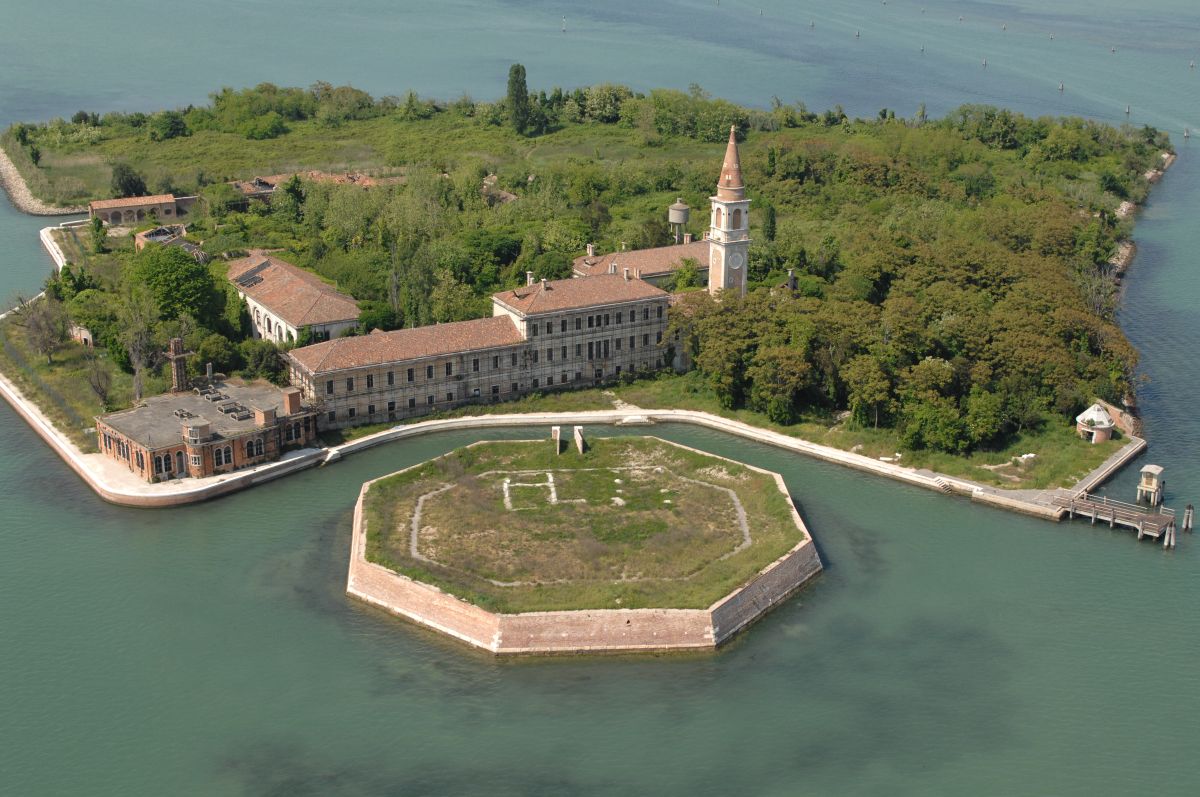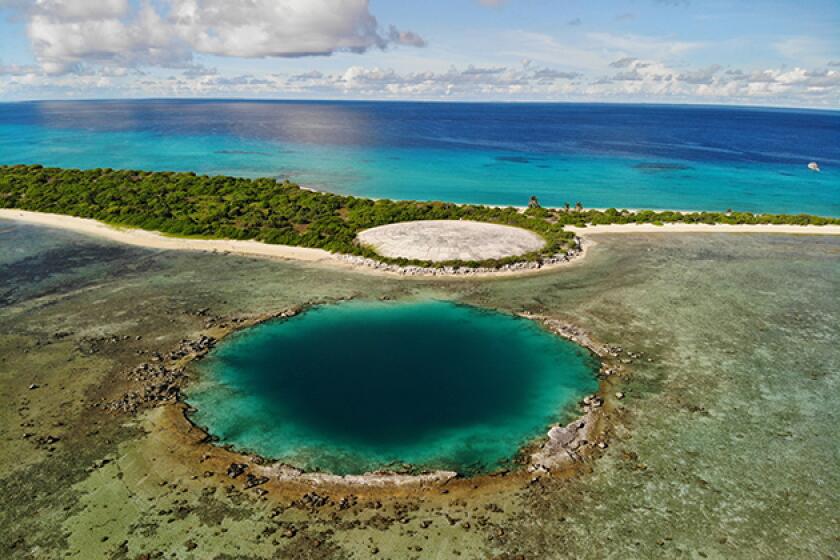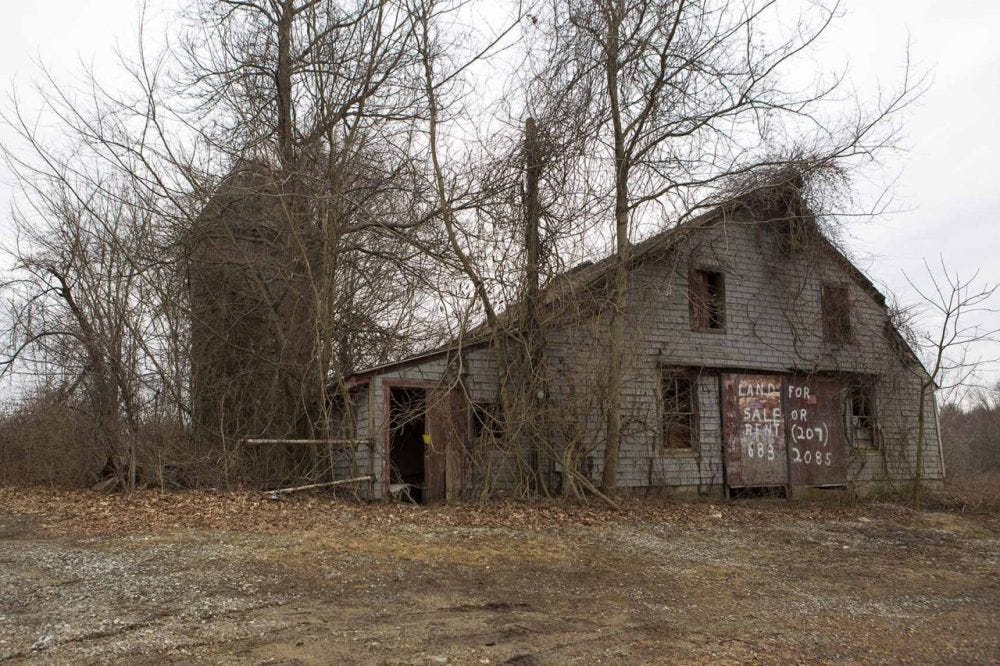People Have Been FORBIDDEN From Entering This Place For 100 Years

### **1. “The Elephant’s Foot” – Chernobyl, Ukraine**
After the 1986 Chernobyl nuclear disaster, the 1,600-square-mile area around the plant was so contaminated with radiation that it was expected to be uninhabitable for 20,000 years. Although radiation levels have decreased, an area under the reactor remains extremely dangerous because it contains the “elephant’s foot” – a mass of corium (a mixture of nuclear fuel and molten material). When discovered, it emitted the equivalent of 4.5 million X-rays per hour, enough radiation to kill a person within five minutes. In 2016, a new 40,000-ton safety structure was erected, making the area completely off-limits.
—

### **2. Poveglia Island – Italy**
Poveglia, located in the Venetian lagoon, was once a quarantine zone during the plague and was the site of over 160,000 people. Most never returned, and many of the bodies were burned, leaving half of the island as ashes. After the plague ended, the island was used as an insane asylum in the early 20th century. It is said that a psychiatrist on the island conducted brutal experiments on patients. After the facility closed in 1968, the island was abandoned and closed to the public. Poveglia is considered one of the most haunted places in the world.
—

### **3. The Gates of Hell – Hierapolis, Turkey**
In the ancient city of Hierapolis, archaeologists discovered a small cave that is believed to be the “Gateway to Hell” due to the release of toxic CO₂ gas from underground cracks. Ancient people believed that this place was associated with Pluto (god of the underworld). Priests of that time built temples and often held ceremonies here. CO₂ gas created a suffocating atmosphere, killing many animals wandering around at night. Although the cave is closed today, it continues to emit toxic gas.
—

### **4. Ghost roller coaster in New Jersey – USA**
After Hurricane Sandy in 2012, New Jersey beaches witnessed a strange scene with a roller coaster frame lying in the middle of the sea. This is the Star Jet roller coaster, which was placed on the pier before the storm destroyed the pier and threw it into the ocean. Although the roller coaster was almost undamaged, it was still unusable and became a symbol of the disaster. By May 2013, the government had dismantled it to avoid danger to people and end the painful memory of the storm.
—

### **5. Willard Asylum – New York, USA**
Opened in 1869, Willard was once considered a safe haven for the mentally ill, but it has since become a symbol of cruelty. The first patients were chained in the workhouse for 10 years. Although they were initially well cared for, the hospital was accused of overcrowding and abuse over time. After its closure in 1995, many areas of the hospital were sealed off, and explorers have reported hearing whispers and feeling strangely cold.
—

### **6. Erdstall Tunnels – Europe**
The Erdstall Tunnels are found throughout Europe, but there are no historical records of them. These tunnels are so narrow and low that people have to crawl through them. Although they are believed to have been built during the Middle Ages as temporary shelters during war, their exact purpose remains a mystery. Many of the pits are now closed to prevent danger to explorers.
—

### **7. Runit Island – Pacific Ocean**
Runit, part of the Enewetak Islands, was used by the US for nuclear testing from 1948 to 1958, leaving behind thousands of tons of radioactive waste. To deal with it, the US buried this waste in a giant bomb crater and covered it with an 18-inch thick concrete cap. However, due to cost cutting, the pit was not lined with concrete, causing radiation to leak into the environment. Although the US government claims that the concrete cap will be safe for the next 20 years, nearby residents are still concerned about the risk of contamination.
—

**8. Maunsell Fortress – UK**
The Maunsell Fortress was built during World War II to protect Britain from German air raids. After the war ended, they were abandoned. In 1964, an illegal radio station was set up at one of the forts, but was later taken over by rival groups. Eventually, the forts were abandoned, becoming eerie reminders of wartime history in the middle of the Thames.

9. **The Dudley Family Town**
This town, nestled between three hills, was plagued by strange deaths and disasters. After a plague wiped out many residents, freak accidents and reports of creatures from the woods continued to haunt the area. The final resident, John Broy, lost his family tragically before disappearing into the forest. By 1901, the town was abandoned and now remains off-limits, with ghost sightings fueling rumors of a curse.
10. **The Dollhouse in Seville**
An urban explorer discovered a house filled with dolls covering every surface. Villagers revealed that a grieving mother, who lost her children, had obsessively collected the dolls before passing away in 2017. Locals now believe the dolls are haunted, and anyone who takes one will suffer a terrible fate.
11. **Pollepel Island**
This Hudson River island was once home to Bannerman Castle, built to store munitions. After a series of deadly explosions, the island was abandoned, declared off-limits, and rumored to be cursed. Though restoration efforts began in 2004, the island remains shrouded in eerie legends.
12. **Dying Station in the Caspian Sea**
Built as a Soviet torpedo factory in 1939, this structure was abandoned after technological advancements made it obsolete. Local legends warn that unstable torpedoes may still be present, posing a danger to those who visit the deteriorating building.
13. **Holland Island**
Initially settled in the 1600s, Holland Island’s clay foundation began eroding in the early 20th century. After a tropical storm destroyed much of the community, the island was abandoned. Despite efforts to save it, the final house collapsed in 2010, leaving only dangerous submerged ruins behind.
14 **Hotel Del Salto in Colombia**
Built on a cliff near a waterfall, this hotel was rumored to be haunted by spirits of indigenous people who leapt from the falls to escape Spanish capture. Guests reported seeing apparitions and hearing strange voices. After years of abandonment, it was renovated into a museum in 2013, though nighttime access remains forbidden due to safety concerns and lingering ghostly tales.








